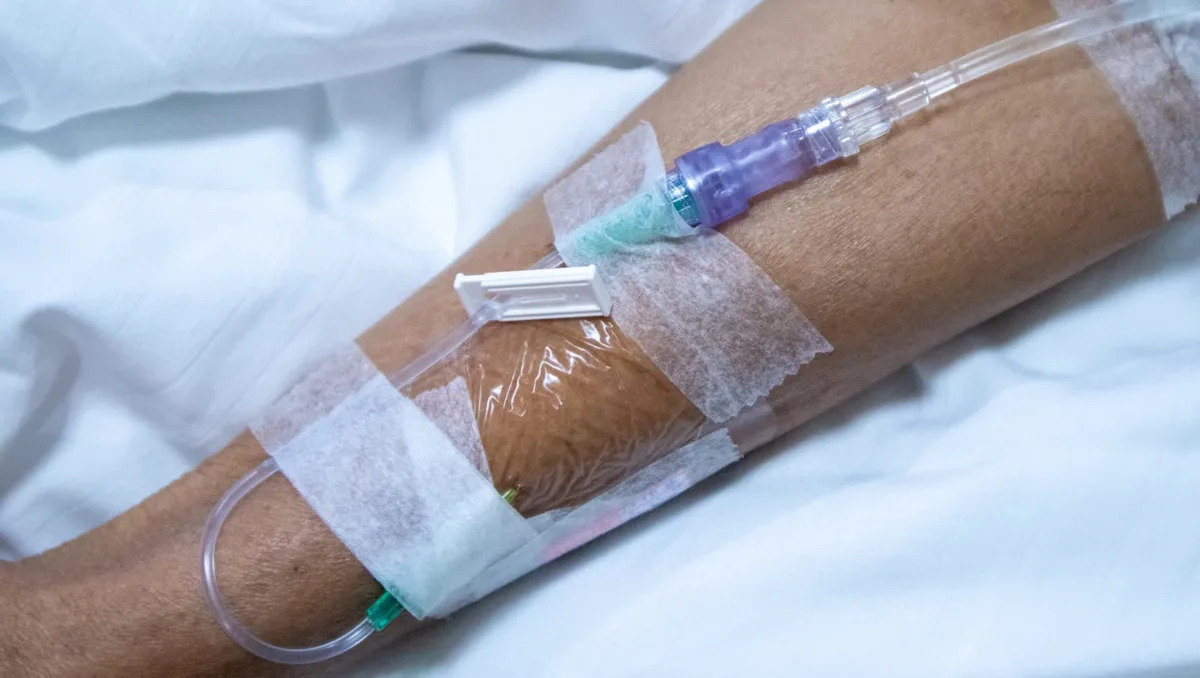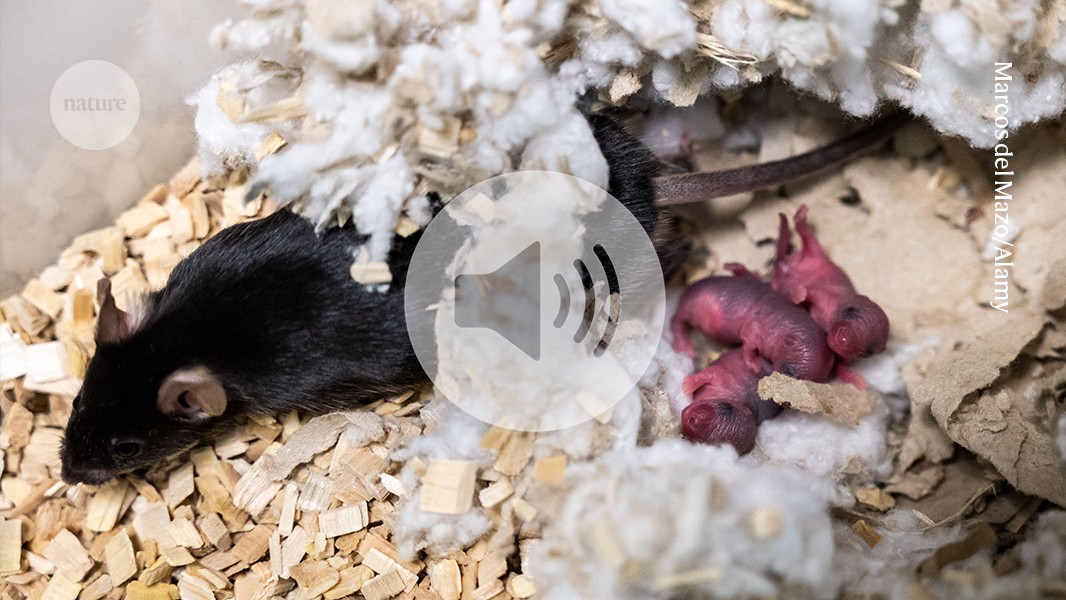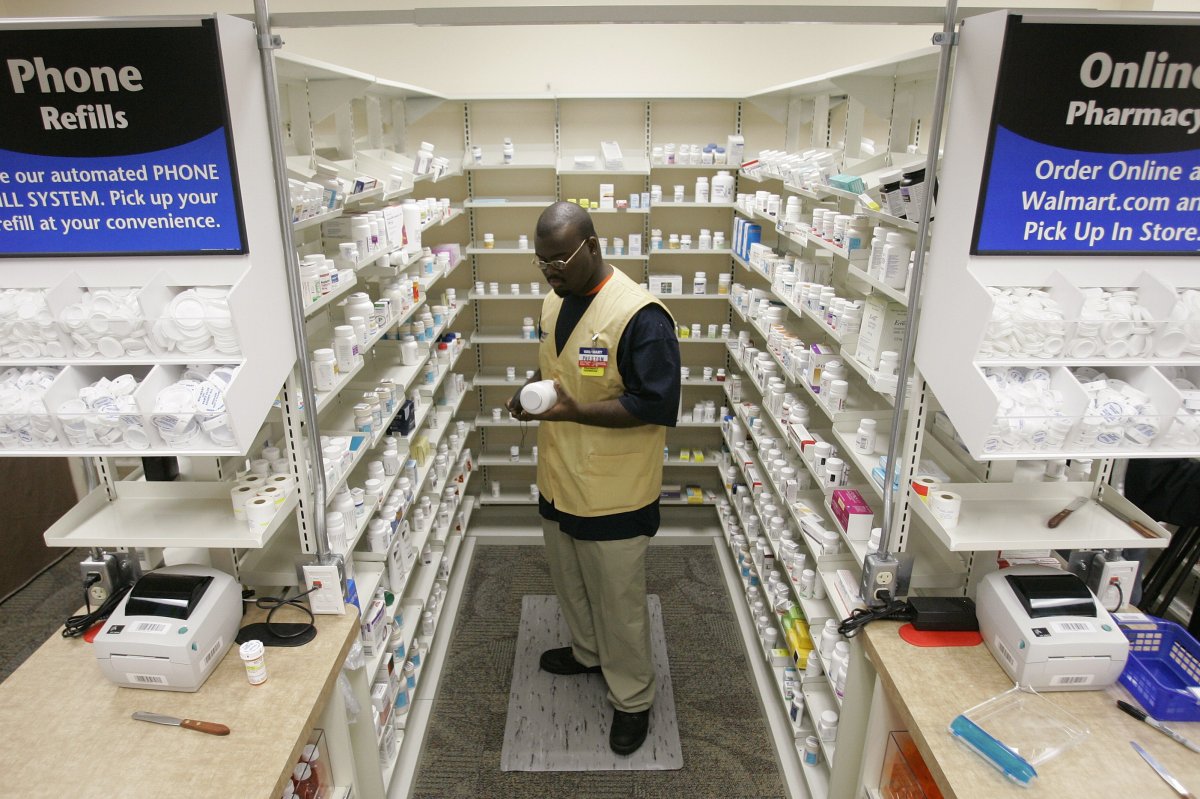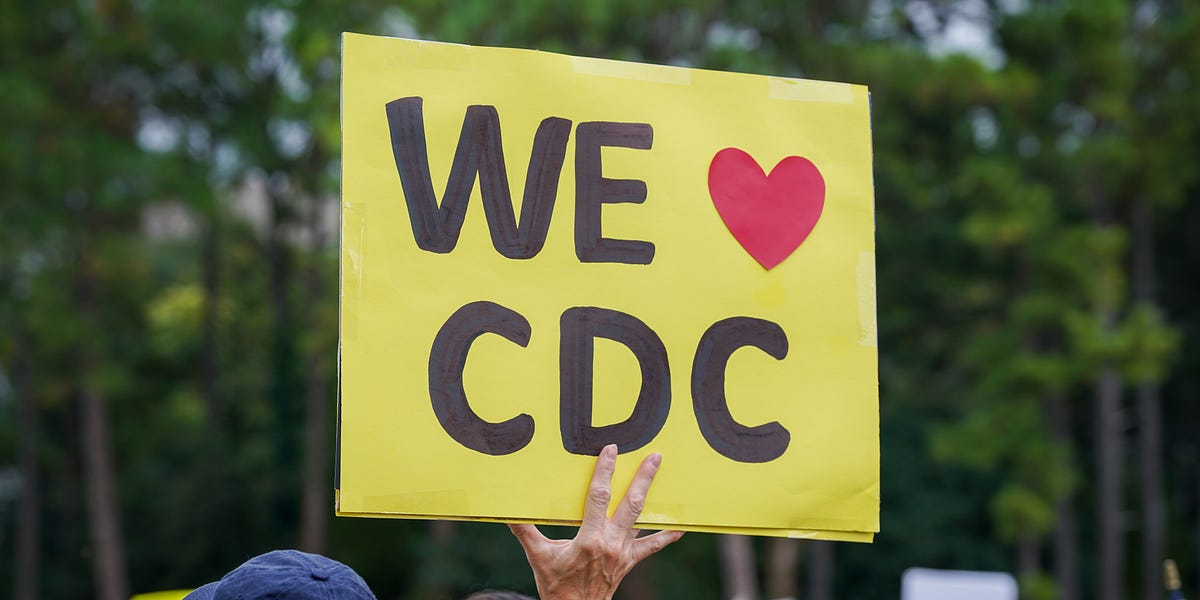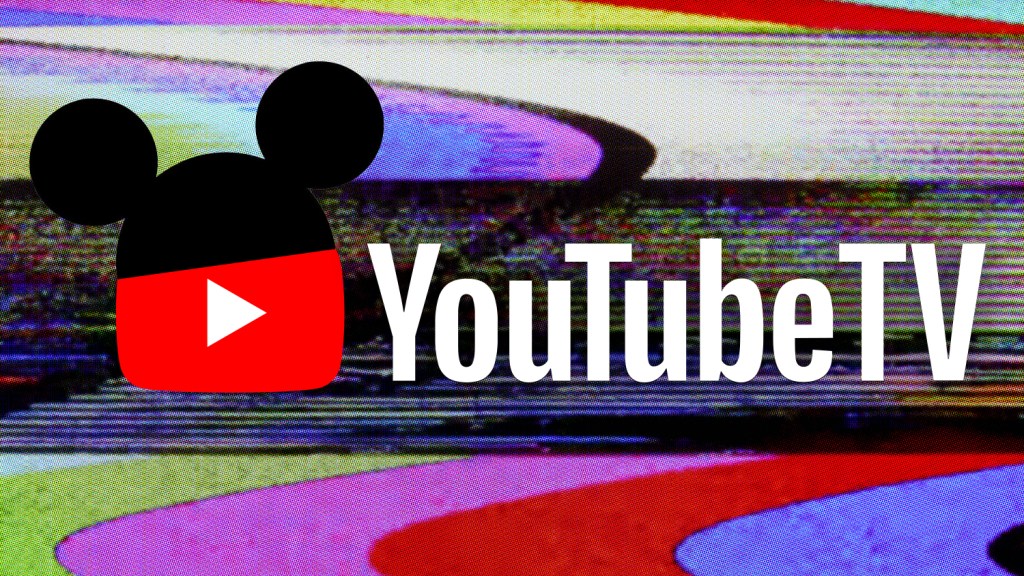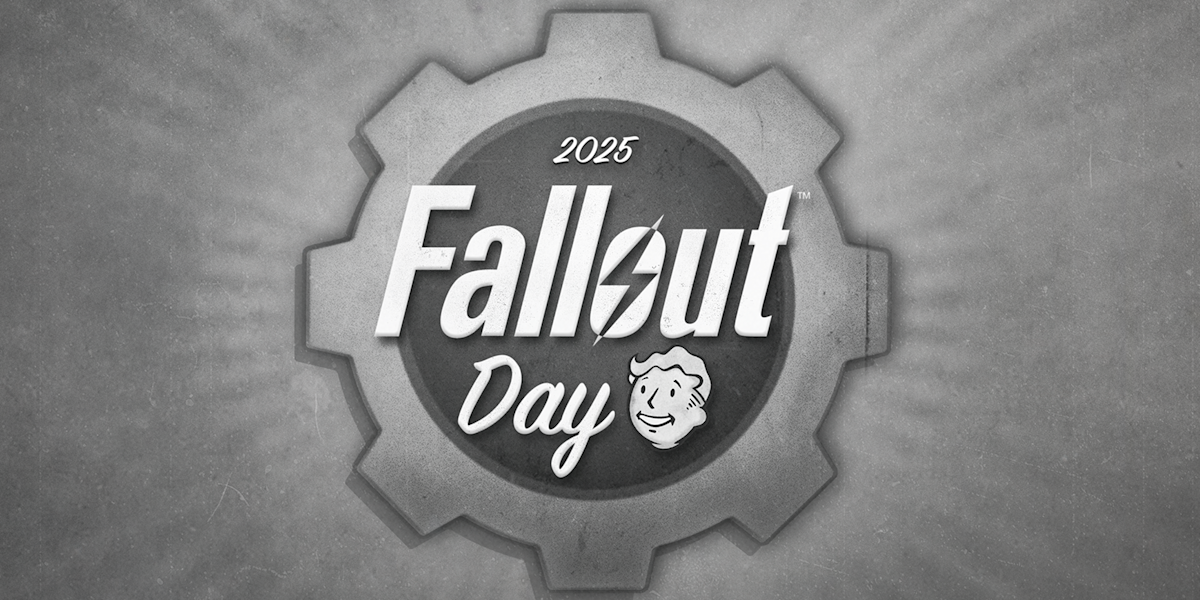Atlanta, Georgia
THE SCIENTISTS GATHERING INSIDE a cavernous convention hall here this week weren’t chanting or carrying protest signs or wearing frog costumes. But over the course of four days, they engaged in what felt like their own brand of political resistance.
They were there for IDWeek, the annual gathering of professional societies that work on infectious diseases. And in many ways the meeting was like any other medical conference. Participants attended mostly narrow, technical lectures on topics like tuberculosis, HIV, and tropical diseases—one session had the title of “Big Beasts of Clinical Mycology”—with occasional breaks for networking at receptions and strolling among the vendors in the exhibit hall.
But the meeting at the Georgia World Congress Center, which goes four stories down into the side of the hill, so that riding the escalators down was a bit like entering a concrete bunker. And that felt fitting, given the circumstances.
This was the first IDWeek gathering of Donald Trump’s second presidency, meaning it was the first since Robert F. Kennedy Jr.—Trump’s Health and Human Services Secretary—launched his assault on federal public health institutions. That includes the Centers for Disease Control and Prevention, whose Atlanta headquarters are just a few miles away and where there are still bullet dimples in the walls from the August assault by a gunman angry about COVID-19 vaccines.
The difference was impossible to miss, attendees told me, and it started with who was there—or, more accurately, who was not.
CDC staff traditionally attend IDWeek in large numbers, to present and to learn—and to make connections for future collaborations, including in a potential crisis. A year ago, when the Atlanta location for this year’s meeting was announced, everybody assumed CDC attendance would be higher than usual because it would be almost literally down the street.
But no CDC staff were present in their official capacity this week. The immediate reason was the federal shutdown, which includes government-wide rules forbidding conduct of most normal business. But several former officials who were at the meeting told me the agency’s new political leaders had made clear long before the shutdown that they would be dramatically limiting attendance and presentations.
HHS officials did not confirm that, or (yet again) respond to my queries for this article. But scaling back CDC participation in the conference would be consistent with Kennedy’s contempt both for expertise and for experts—and with the way he has treated the CDC more generally, through a series of cuts, firings, and forced resignations that have effectively wiped out whole divisions.
One reason I came to Atlanta this week was to get a better sense of just how big a toll Kennedy’s actions had taken. The answers I got were not exactly encouraging. The attendees I met (along with some CDC veterans I reached separately) painted a picture of an agency that is struggling to carry out some basic operations, and in which scientists are subject to a level of political control that goes well beyond anything in CDC history.
In the aftermath of this devastation, however, something quite unique to the scientific community has arisen: a coordinated effort to step into the void the CDC is leaving, as a source of information the public can trust. Nobody thinks these efforts can come close to making up for what the CDC is no longer doing. But there was a discernible sense that the effort itself has value—that by taking action the scientists were making clear not only their determination to call out the administration’s attacks, but to do something about it.
THE FIRST STEP in pushing back against the administration has been to catalogue the damage it has done. But that is proving a difficult task, because HHS has not published detailed lists of who’s gone and who’s left—or how many have departed. Making things even more difficult is the ambiguous status of many employees, since pending lawsuits have blocked some layoffs and a number of people are on forced administrative leave, being paid but not actually at work or doing their jobs.
And all of that is separate from the government shutdown, which has most of the agency’s workers on furlough.
The best estimates come from crowdsourcing efforts by former employees. Acting through existing or new groups, they’ve combined what they’re hearing from old colleagues along with information from unions. And based on that, it looks like the CDC has effectively lost between a fourth and a third of the roughly 12,000 people who were working there as of January, according to Barbara Marston, who retired from the CDC in 2022 and is coordinating a network of former staff.
These losses are scattered across the agency, IDWeek attendees told me—sometimes in ways that reflect obvious ideological motives, like the shuttering or hollowing out of offices that deal with equity or LGBTQ issues, but sometimes in ways that don’t appear to have any particular logic other than an imperative to cut staffing levels.
“I’d describe the CDC as Swiss cheese, with holes throughout it, or maybe Jenga, where you’ve built it up and then taken out a whole bunch of blocks,” Abigail Tighe, founding member of a group of former CDC employees called the National Public Health Coalition, told me. “We are not tipping over yet, but we are very close, in a couple of different ways.”
Another way to think about the cuts and their effects is to think about the types of personnel who have been lost. And one underappreciated category, attendees told me, were staff in departments like human resources or accounting whose positions might have looked ancillary or less essential to Trump administration budget cutters, but whose day-to-day work is essential for an agency that has to award and manage grants—or dispatch personnel to work with cities and states.
And then there are the changes at the very top.
JIM O’NEILL, THE ACTING CDC DIRECTOR who took over after Kennedy forced out Susan Monarez, is believed to be the first non-scientist to head up the agency, even on a temporary basis. But more disturbing to some of the attendees I met was the fact that the other senior members of the agency director’s office—typically about ten in all—appear to be mostly or all political appointees, rather than career officials, as in the past.
“When I was in the CDC Office of the Director, there was one political appointee—and that was the director,” Kathleen Ethier, a twenty-six-year CDC veteran who left in January, told me. “Now I think—I can’t verify the number—but I think it’s about ten. As best as I can tell, there is no one in a leadership position at CDC who is not a political appointee.”
The attendees I met said it’s a clear sign of how science is now being driven by political agendas in ways that go well beyond anything they’ve seen before.
One example, as pointed out to me by several at the conference, was new language on the CDC website critical of “harm reduction,” a strategy that seeks to minimize ill effects of substance abuse (like the spread of bloodborne disease through dirty needles) without necessarily curbing drug-taking behavior.
The new language characterizes harm reduction as “efforts that only facilitate illegal drug use and its attendant harm”—a description consistent with longstanding beliefs many conservatives hold but inconsistent with a large body of research showing harm reduction can improve health and save lives without leading to greater drug use or discouraging treatment. Programs based on harm reduction, the site says, will be “deprioritize[d].”
Of course, it is on vaccines where the politicization of science has been most visible, thanks in part to Kennedy’s purging of the official advisory committee that makes immunization recommendations to the CDC director. And this is where outside scientists have most clearly taken the initiative.
On Sunday, they even made a little news.
It came from epidemiologist Michael Osterholm, who, along with former CDC director Rochelle Walensky, has been heading up the Vaccine Integrity Project—an initiative, backed by several foundations, to provide trusted information about vaccines both to the public at large and to scientists who have traditionally relied on the CDC’s analysis of data to guide their decision-making.
To carry out the latter effort, the Vaccine Integrity Project has spent the past few months conducting what is basically a giant literature review of published evidence on the efficacy and safety of reliable vaccines. During Sunday’s opening session, in a conversation on the main stage, Osterholm announced the review was complete and under consideration at the New England Journal of Medicine—where, he said, he hoped it would get quick approval.
This would be a big deal, given the number of medical societies and states that have said they will be making their own vaccine recommendations because they can no longer rely on the CDC. To make those recommendations, these states and societies need reliable analysis of the underlying research. If the Vaccine Integrity Project’s analysis gets the imprimatur of a publication as widely respected as the New England Journal, states and medical societies will be able to trust it.
“We’re not trying to be an ACIP in the shadows, we can’t do that,” Osterholm, coauthor of a new book on pandemics called The Big One, told me. “But we said we need this scientific information out there, so that other people and organizations can make sound judgments and recommendations, and took it upon ourselves to do that.”
The effort that went into the analysis is impressive: A team of scientists started with abstracts of more than 17,000 academic references, then began whittling down the papers to the most relevant and reliable—subjecting each smaller group to more scrutiny—until finally they had about 500 to study carefully, and present as a new evidence base.
Originally, Walensky told me, they approached about eight researchers to do the work. It ultimately took about twenty-five, she said, all working on their own time.
“People were doing this outside of their day job, just to get the data out there,” said Walensky, an infectious disease specialist now back at Harvard Medical School after having led the CDC for two and a half years under President Biden. “So many people were like, ‘I don’t know what to do, but I’m feeling at this moment like I need to help the country.’ And so while we were all working these ridiculous hours, I think we all felt like we were doing something important.”
THE VACCINE INTEGRITY PROJECT is just one of several likeminded efforts—from groups like the National Public Health Coalition, which originally called itself “Fired but Fighting,” to efforts from established outside organizations like the Center for Science and the Public Interest, which has started producing a blog called “The Straight Shot” that provides updates and fact-checks on changes to federal vaccine policy.
And then there is CDC Alumni and Friends, which had been operating as a more casual social and civic organization until this year. Now it’s a full-blown activist group that—in addition to holding press conferences and helping crowdsource information about personnel—has led rallies outside CDC headquarters, in order to show solidarity with the workers still inside.
“Every Tuesday afternoon they would be standing outside, forty or fifty of them, while everybody was getting fired—everything was being destroyed—and they were just out there, saying we love you, you do good work,” Fiona Havers, a top agency expert on vaccines who left in June, told me. “It really meant a lot.”
Nobody thinks these efforts can come close to filling all the gaps left by the cuts at the CDC. And none of the attendees I met thought rebuilding trust with skeptical members of the public would be easy. They remained concerned about how their startup initiatives could reach people who get information through TikTok and Facebook, not CNN or the New York Times, especially when competing against the bully pulpit enjoyed by Kennedy and his legions of MAHA influencers.
OSTERHOLM’S CONVERSATION was the final part of the opening plenary. It followed what was the emotional high point of opening day—and maybe the whole event—when infectious disease specialist Demetre Daskalakis received an award.
The award was for his years of work on HIV. But the standing ovation he got was for his high-profile resignation from a senior CDC post after Kennedy’s firing of Monarez—and the high-profile commentary he’s given since (including here at The Bulwark) about the threats Kennedy’s changes pose to public health.
Daskalakis used his acceptance speech to fire up the crowd, urging attendees to follow his example and use their voices—as individuals, as practitioners, and as parts of a larger organization—to make the case for scientifically sound practices and for agencies like the CDC that, whatever their flaws, do essential work.
Advocacy isn’t as strange for infectious-disease specialists as it might be for some other scientific disciplines. That’s especially true for those who got their start back in the 1980s, fighting for AIDS patients at a time when the president wouldn’t even say the name of the disease.
But this time it’s the scientists—and their science—under assault. That’s new. It requires a level of engagement that goes beyond anything this community has done before. And at the end of the day, they are still doctors and researchers, more at ease fighting microbes than a political movement.
Two days after Daskalakis got his award and spoke, with the conference more than half over, I asked him how he thought the meeting compared to past versions—and what kind of mood he was detecting from the attendees.
“I think everyone is still experiencing shock and awe from all of the things that are happening to public health,” he said. “But I feel like people know that we’re in it for the long haul. And they know it’s not going to be an easy long haul, or a good long haul—that people’s careers are gonna be affected and people’s lives are gonna be affected—but that we can come out the other side with something that’s more resilient.”
First Appeared on
Source link





